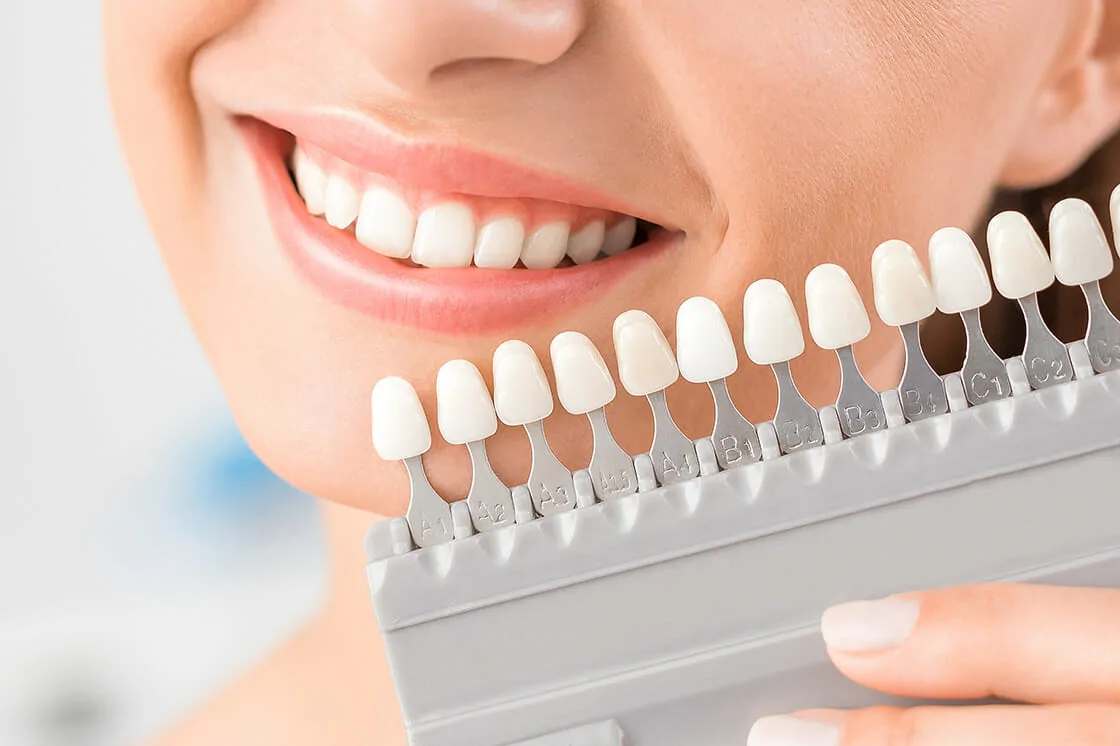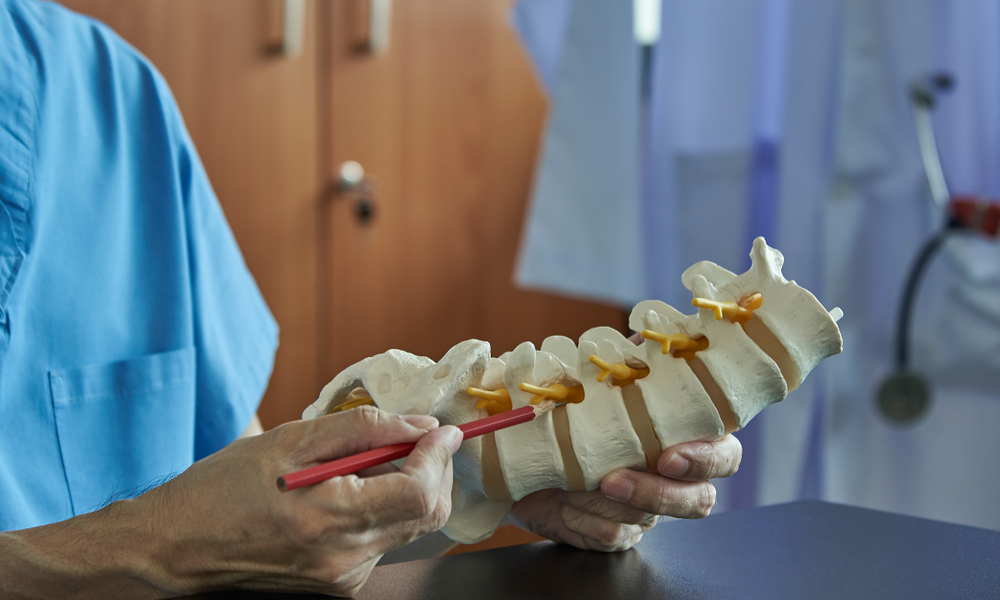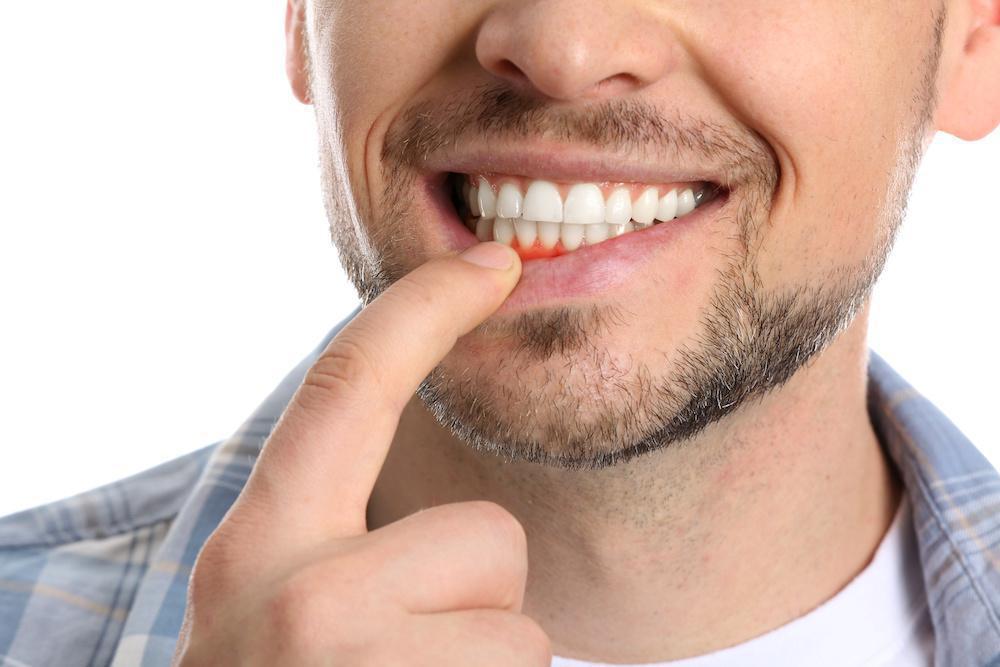Dental crowns and bridges are essential procedures in restorative dentistry, offering solutions for damaged or missing teeth. These treatments not only enhance the appearance of your smile but also improve the functionality of your teeth. Whether you’re dealing with tooth decay, injury, or gaps, understanding these procedures can help you make informed decisions about your dental health.
What Are Dental Crowns?
A dental crown is a cap placed over a damaged or decayed tooth. Crowns restore the tooth’s shape, size, strength, and appearance. They are typically made from materials such as porcelain, ceramic, metal, or a combination of these. Here are some common reasons you might need a dental crown:
- To protect a weak tooth from breaking
- To restore an already broken tooth or a tooth that has been severely worn down
- To cover and support a tooth with a large filling
- To hold a dental bridge in place
- To cover misshaped or severely discolored teeth
The procedure usually involves two visits to the dentist. During the first visit, the dentist prepares the tooth, takes an impression, and places a temporary crown. The permanent crown is then placed during the second visit.
What Are Dental Bridges?
Dental bridges literally bridge the gap created by one or more missing teeth. A bridge is made up of two or more crowns for the teeth on either side of the gap, known as abutment teeth, with a false tooth or teeth in between. These false teeth, called pontics, can be made from gold, alloys, porcelain, or a combination of these materials.
The process for getting a bridge is similar to that of a crown. It involves preparing the abutment teeth, taking impressions, and placing a temporary bridge until the permanent one is ready.
Benefits of Crowns and Bridges
Both crowns and bridges have numerous benefits:
- Restoration of Functionality: They allow you to chew and speak properly.
- Aesthetic Improvement: They enhance your smile and overall appearance.
- Prevent Shifting: They prevent remaining teeth from shifting out of position, which can lead to bite problems and other issues.
- Durability: With proper care, crowns and bridges can last many years, providing long-term solutions to dental issues.
Caring for Your Crowns and Bridges
Maintaining crowns and bridges involves good oral hygiene practices:
- Brush and floss daily to remove plaque and prevent decay.
- Avoid chewing hard foods, ice, or other hard objects.
- Visit your dentist










